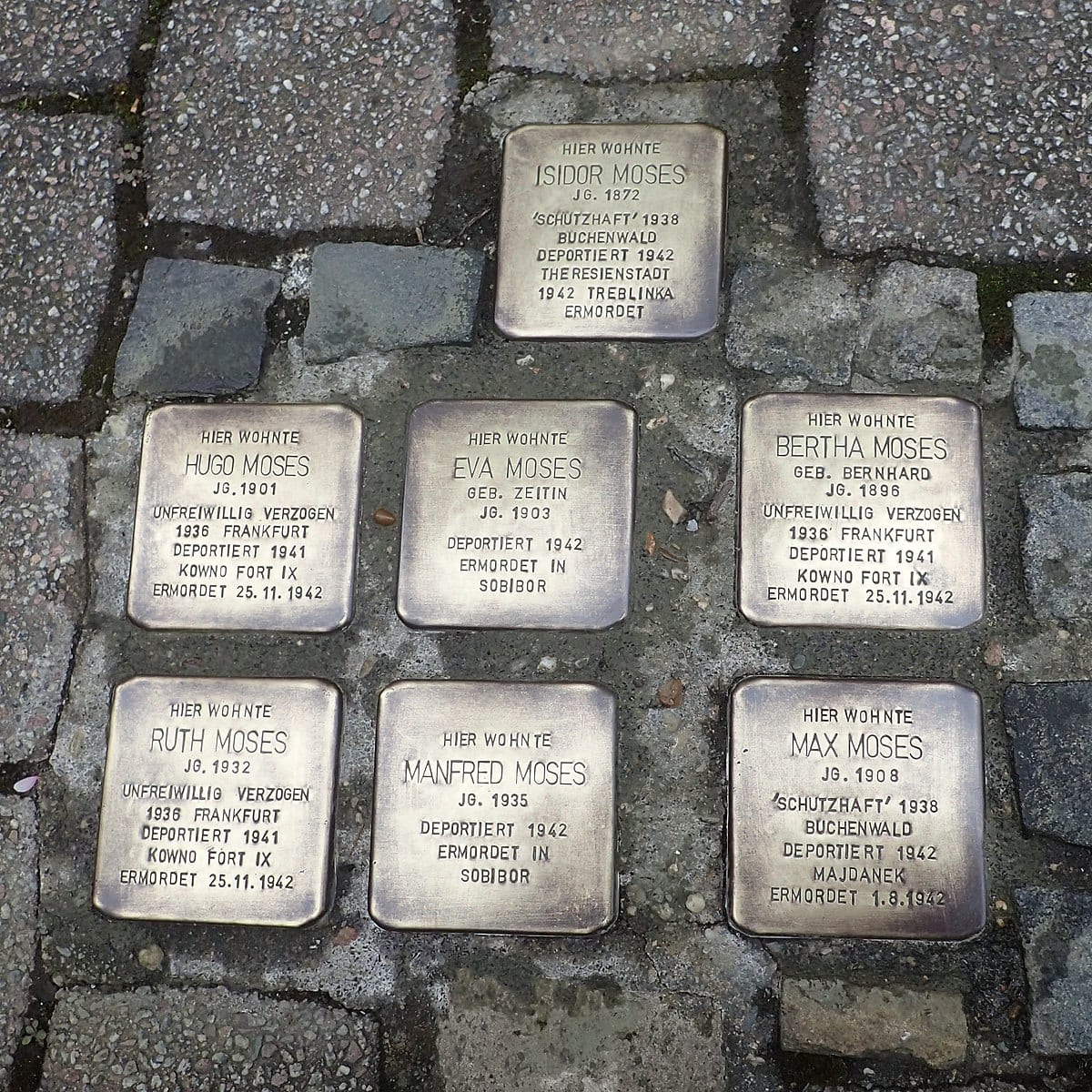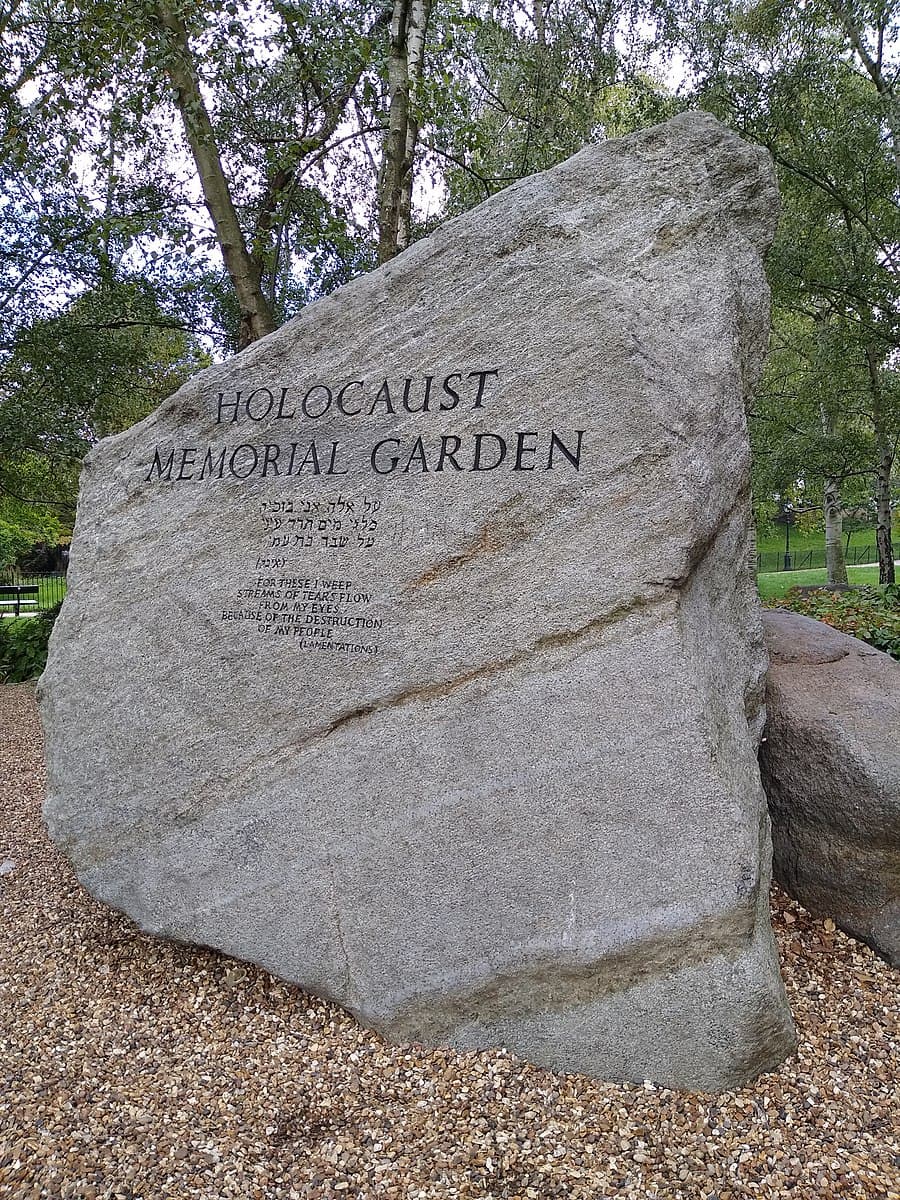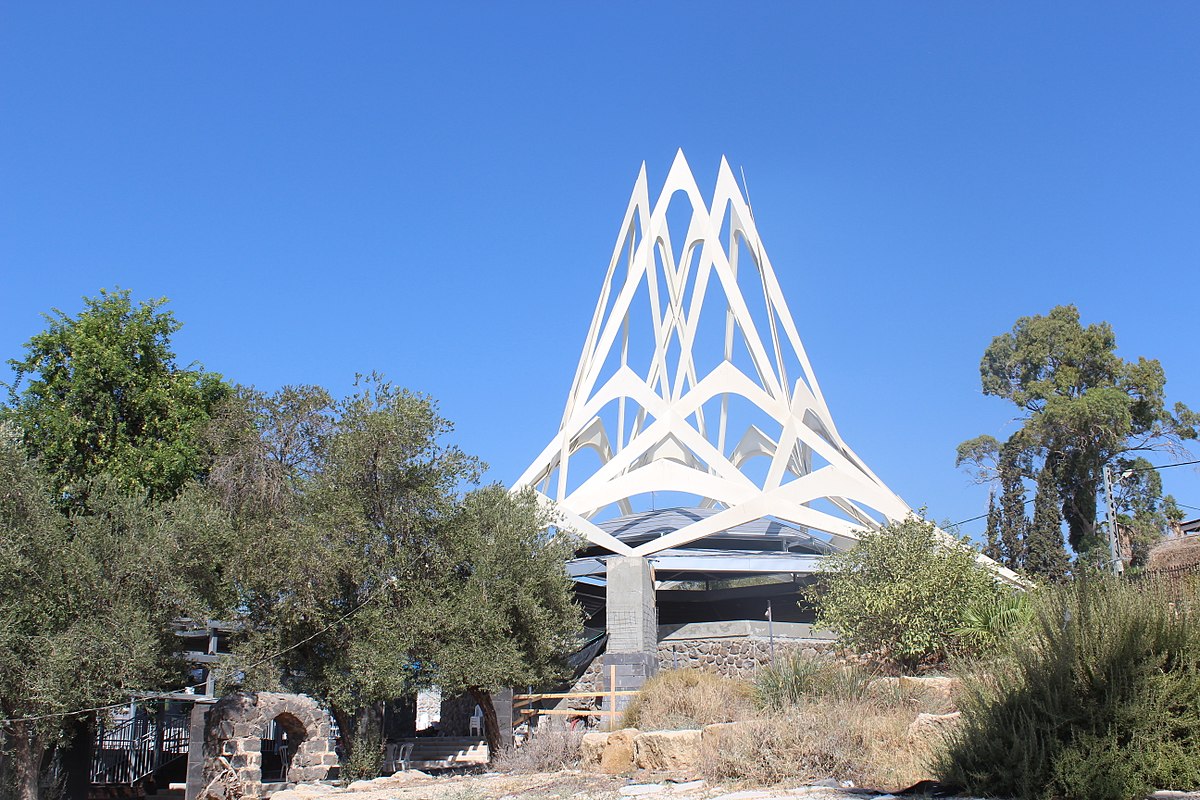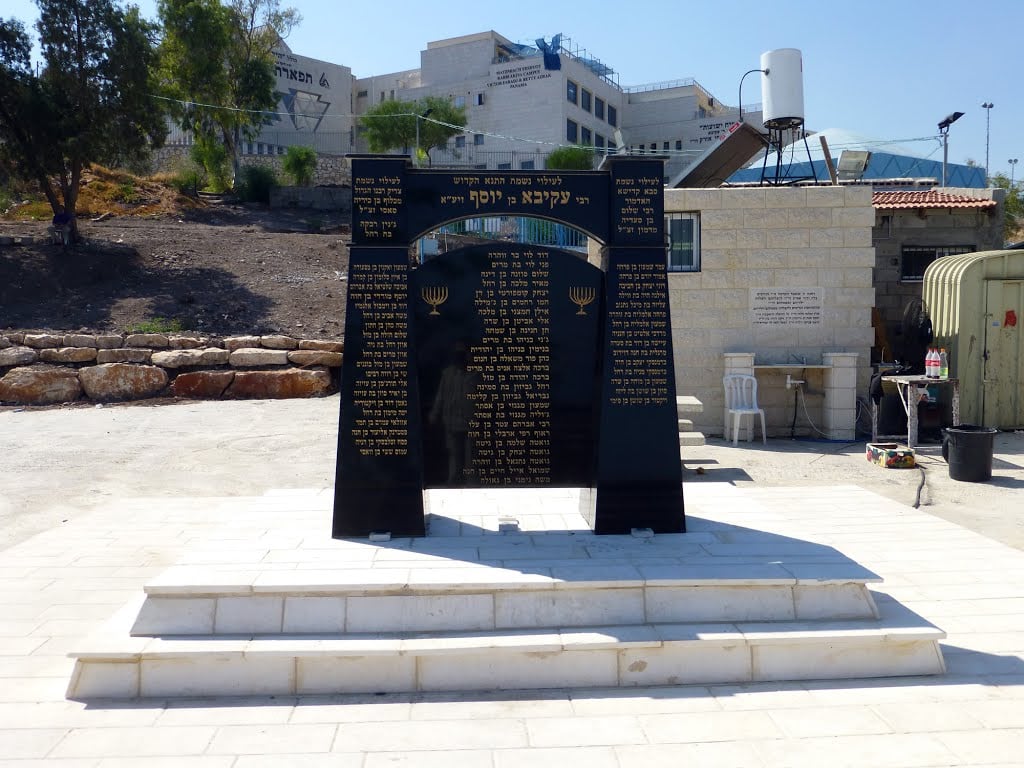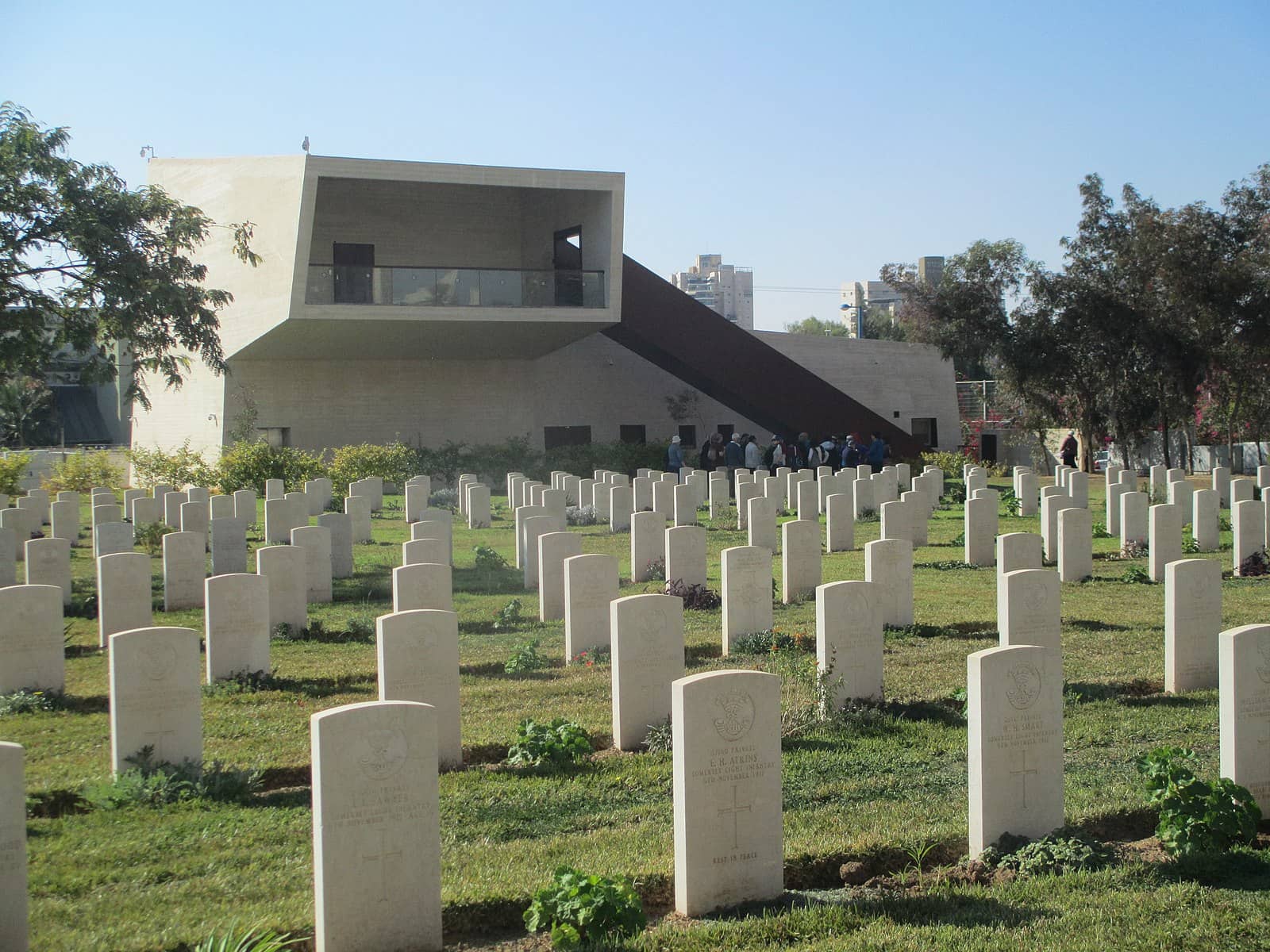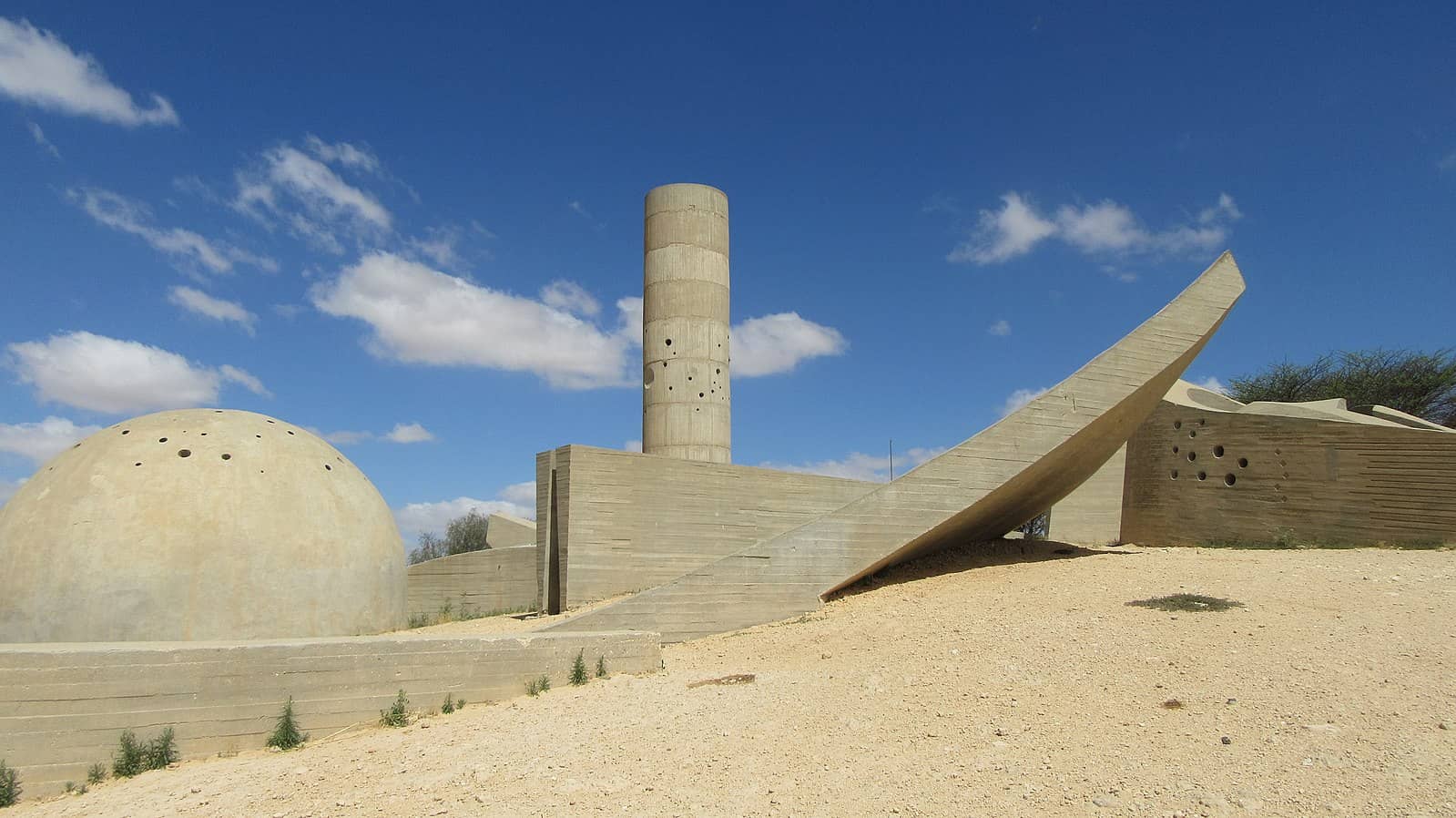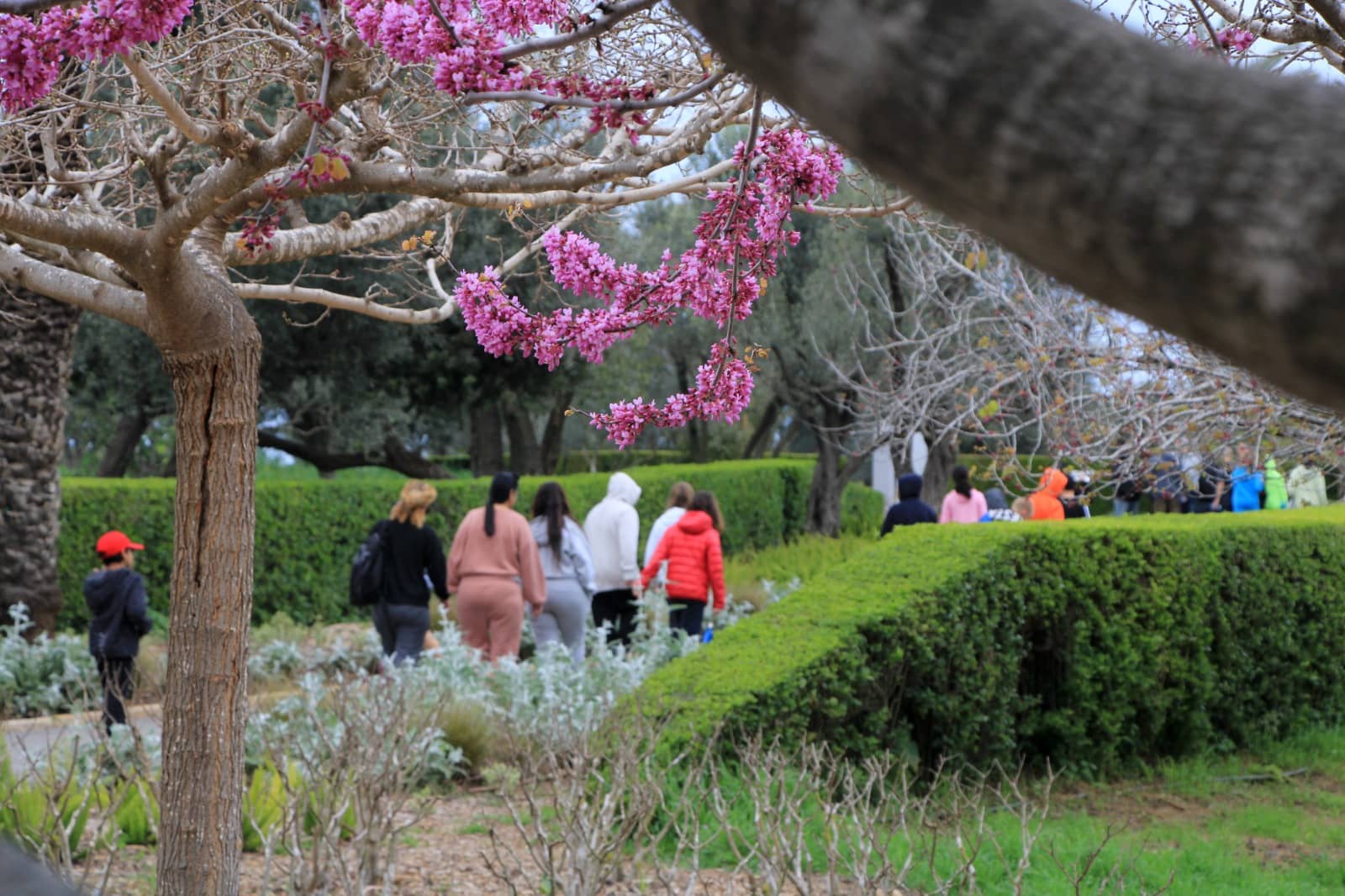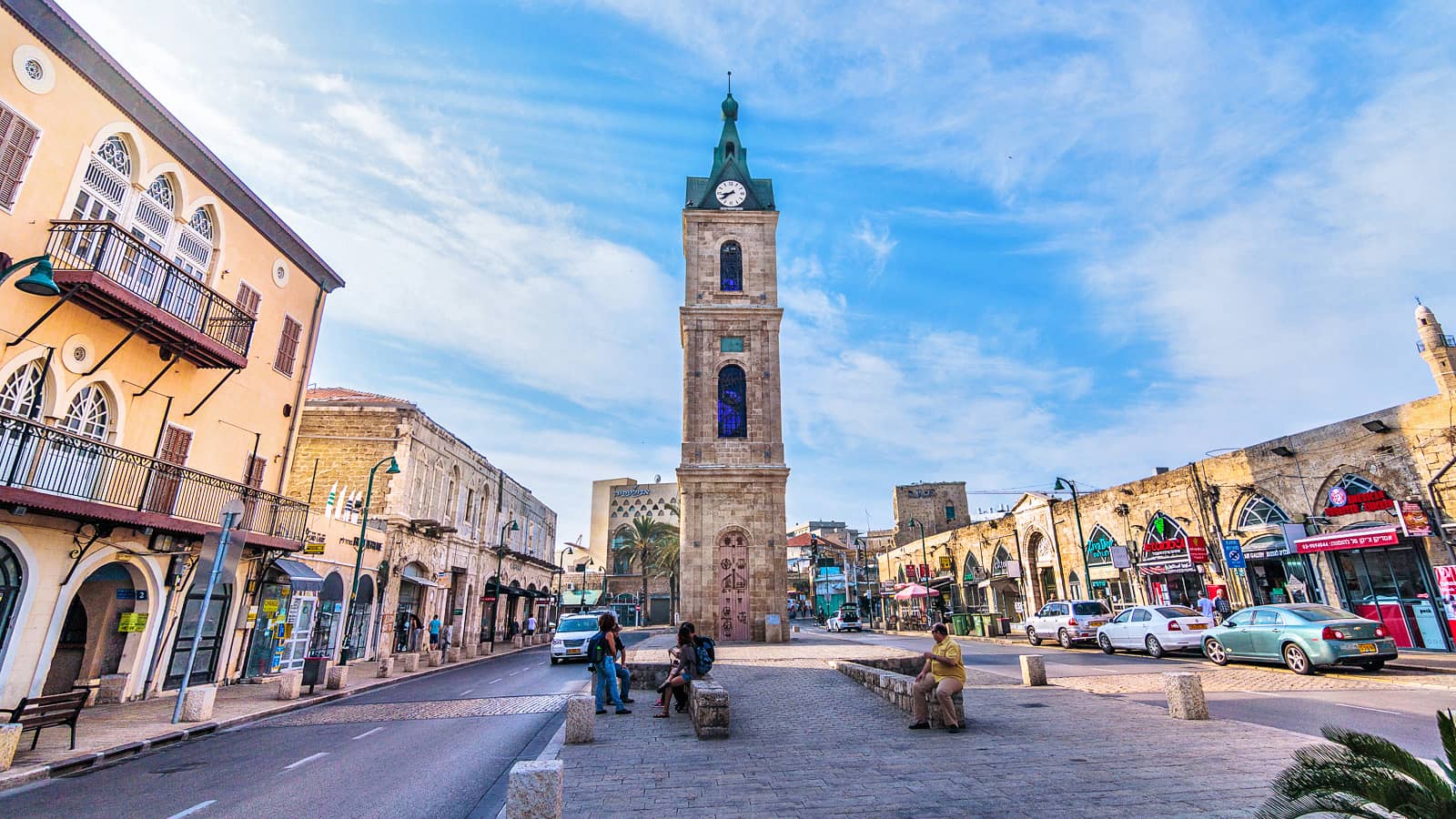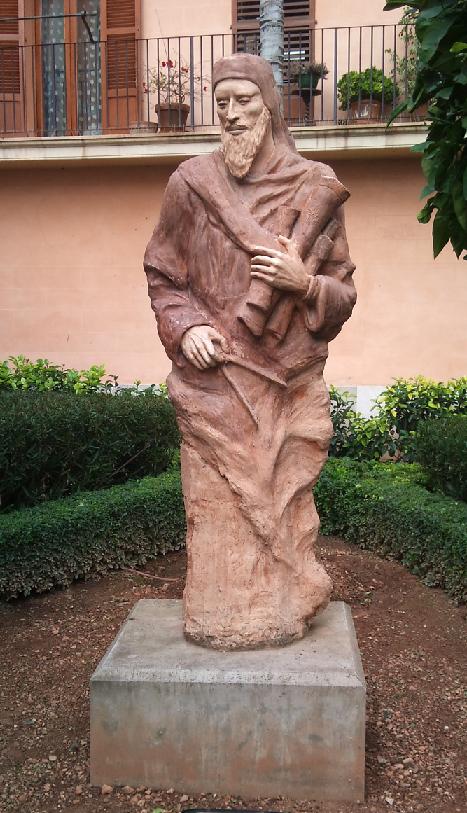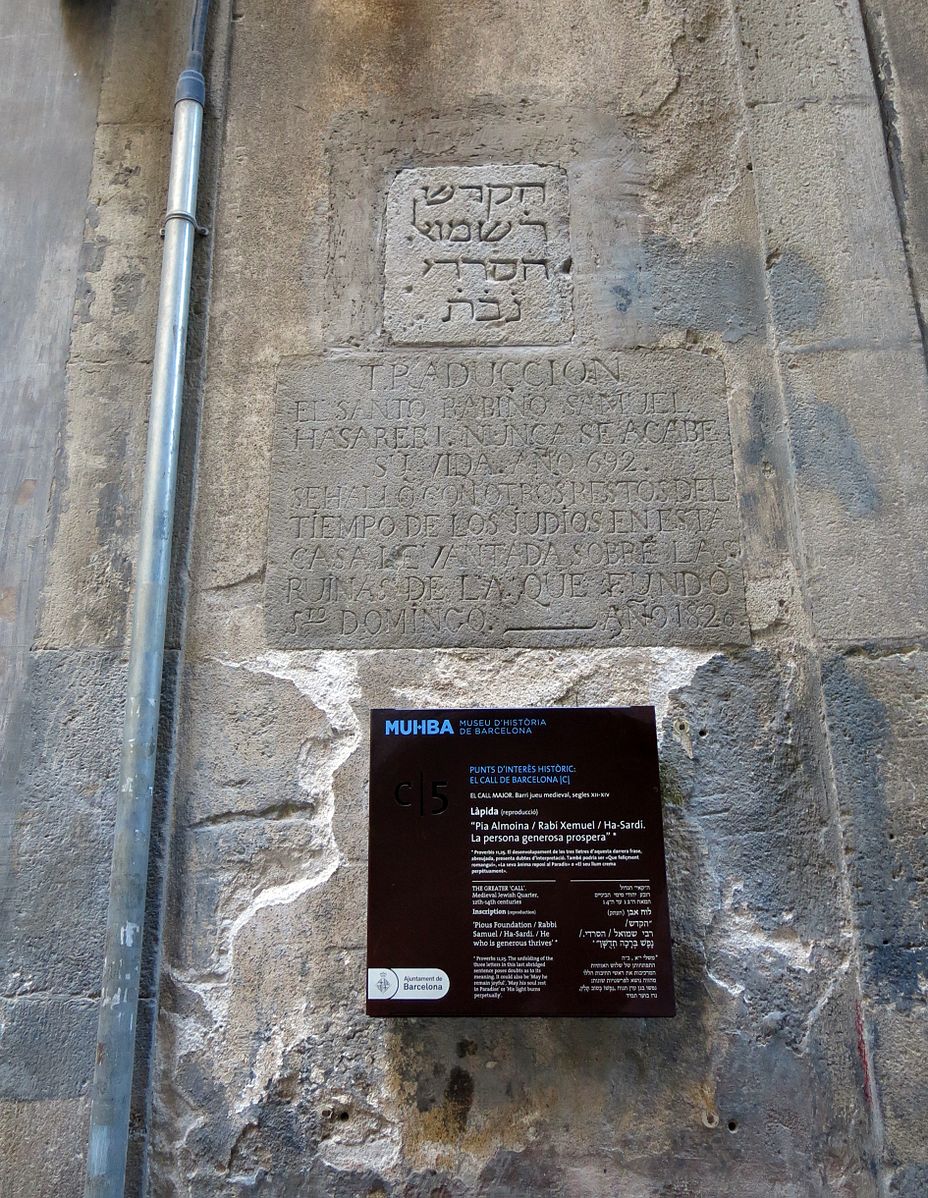Akiva ben Yosef, also known as Rabbi Akiva, was a leading Jewish scholar and sage, a tanna of the latter part of the first century and the beginning of the second century. Rabbi Akiva was a leading contributor to the Mishnah and to Midrash halakha. He is referred to in the Talmud as Rosh la-Hakhamim, “Chief of the Sages”.
As a leading Mishnaic sage (and teacher of Rabbi Meir Ba’al HaNess), Rabbi Akiva played a major role in establishing rabbinic (ie post–Second Temple) Judaism. He was tortured to death by the Romans because of his support for the Bar Kochba Revolt, his enthusiasm for resistance to the Romans was such that he declared Bar Kochba to be the Messiah.
A visit to Rabbi Akiva’s tomb in Tiberias is a chance to consider this great sage’s life and its significance for the Jewish people and all humanity.
Rabbi Akiva started out as a poor, illiterate shepherd. His wife Rachel married him against the wishes of her affluent father, who balked at Akiva’s lack of education.
Rachel encouraged and supported her husband’s utter devotion to Torah study and lived in abject poverty for twenty-four years. Akiva’s formal study of Torah did not begin until age forty, but his diligence, combined with his keen intellect, enabled him to become one of the foremost sages of the Mishnah with 24,000 students.
He supported the 2nd-century rebel leader Bar Kochba. He was arrested by the Romans and subjected to a horrifyingly painful death; he lovingly recited the words of the “Shema” at the end.
According to tradition, his body was miraculously transported to Tiberias for burial alongside his students who had died in a plague.
His tomb, on the mountainside behind the Kiryat Moshe neighborhood, overlooks Tiberias and the Kinneret, and has been a pilgrimage site since the early Middle Ages.
It became a special tradition to pray for rain at Rabbi Akiva’s tomb during drought years.
Among those who visited Rabbi Akiva’s Tomb was the famed kabbalist Rabbi Yitzchak Luria, the Ari Zal, making the site even more sacred.
